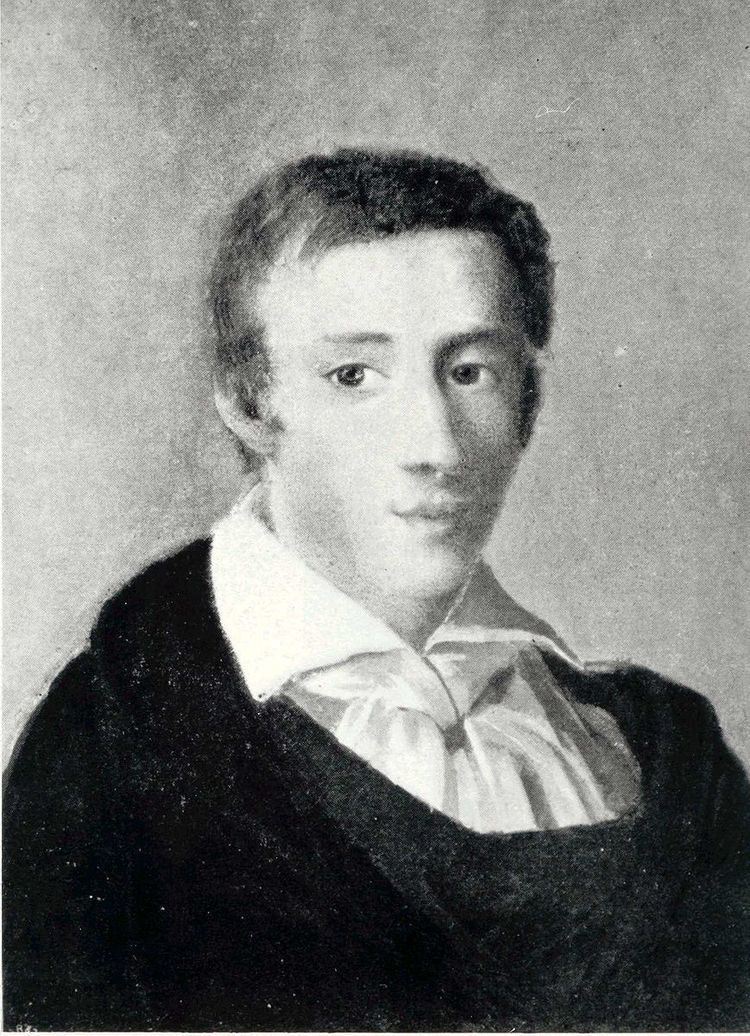 | ||
The Piano Sonata No. 1 in C minor, Op. 4 was written by Frédéric Chopin in 1828 (probably begun around July). It was written during Chopin's time as a student with Józef Elsner, to whom the sonata is dedicated. Despite having a low opus number, the sonata was not published until 1851, two years after Chopin's death, by Tobias Haslinger in Vienna. This sonata has been highly underestimated, in terms both of musical difficulty and quality. Of Chopin's works, this is among the least recorded.
Structure
The sonata has four movements:
- Allegro maestoso (C minor): The first movement is in sonata form. Only in the aspect of key relations does this movement break from tradition - the second group of themes is based in C minor as much as is the first, so that the dramatic contrast of key which Cedric Thorpe-Davie among others identify as the heart of sonata form is lost. Furthermore, the recapitulation begins in the remote key of B-flat minor, with the second theme appearing in G minor.
- Menuetto (E-flat major): This is the only minuet that Chopin is known to have written. The central Trio is in E-flat minor, the tonic / parallel minor.
- Larghetto (A-flat major): This piece is set in 5/4 time, which is very unusual for pieces of that era. The 3rd beat of each 5-beat bar carries a secondary accent, which is marked explicitly in certain bars. In other places, it can be inferred, and in still other places Chopin seems to defy this convention and not expect this. James Huneker, in his introduction to the 1895 American publication of the Mikuli edition of the work, calls this unusual characteristic a "failed novelty."
- Finale: Presto (C minor): Among the finales of Chopin's piano sonatas it takes the longest to perform.
References
Piano Sonata No. 1 (Chopin) Wikipedia(Text) CC BY-SA
